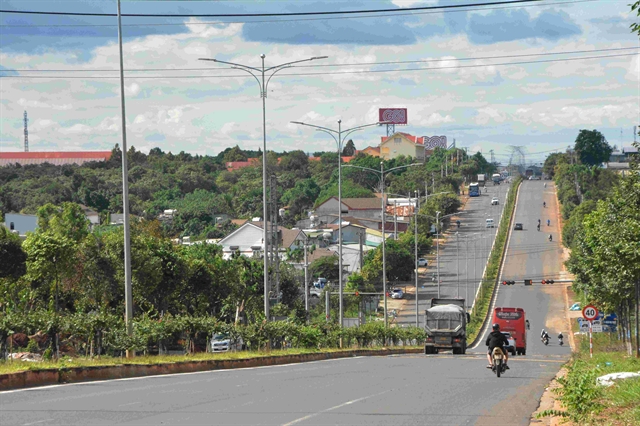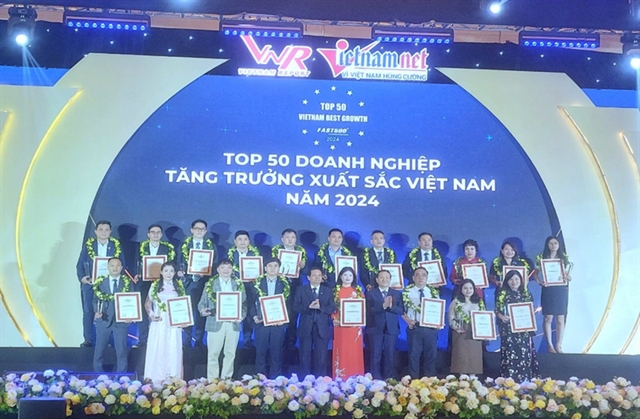 Society
Society

Handicraft villages in Hà Nội are trying to maintain the quailty of their OCOP products and catch up with modern business models to survive the COVID-19 pandemic.
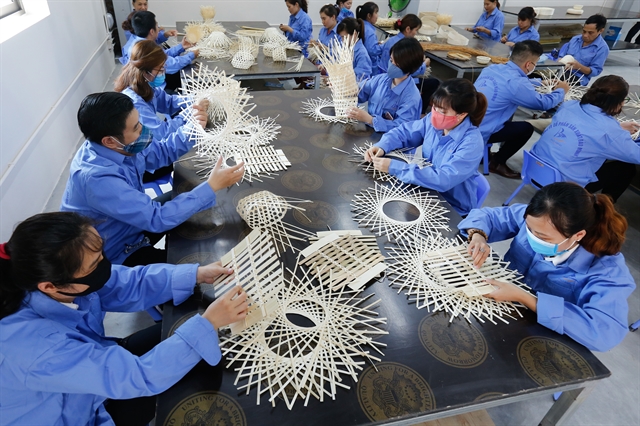
|
| Workers make bamboo and rattan products at Bảo Minh Production Joint Stock Company in Đông Phương Yên Commune, Chương Mỹ District in Hà Nội. Photos courtesy of the Hà Nội Department of Agriculture and Rural Development |
HÀ NỘI — Handicraft villages in Hà Nội are trying to maintain the quality of their products while catching up with modern business practices to survive the COVID-19 pandemic.
Nguyễn Văn Chí, head of Hà Nội's Rural Development Division under the municipal Department of Agriculture and Rural Development, said the city has more than 1,300 craft villages with many products like porcelain, ceramics, lacquer, mosaic, silk, embroidery, bamboo and rattan. The products are diverse in design and are of good quality. They have been developed under the city's One Commune One Product (OCOP) programme.
OCOP does not only standardise quality and design but also allows producers to access more markets and have better support to develop, Chí said.
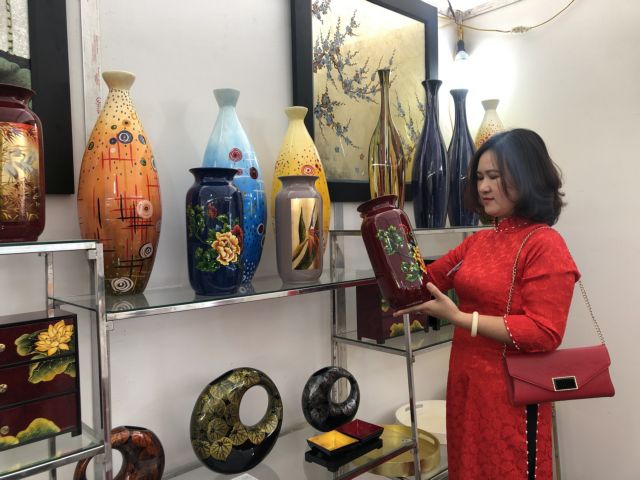
|
| Hà Nội has more than 1,300 craft villages with many products like porcelain, ceramics, lacquer, mosaic, silk, embroidery, bamboo and rattan. |
Due to the COVID-19 pandemic, handicraft villages have faced many challenges.
Khương Thị Minh, an artisan making bamboo dragonflies in Thạch Xá commune, Thạch Thất District said the pandemic had seriously impacted her family’s business.
"In the past, every month, my family sold thousands of bamboo dragonflies to the southern provinces, not to mention the local consumption of tourists visiting Tây Phương Pagoda. Now the market is almost frozen,” Minh said.
However, Minh said her family still produced and packed the products carefully, waiting for the day when the pandemic is over and tourism recovers.
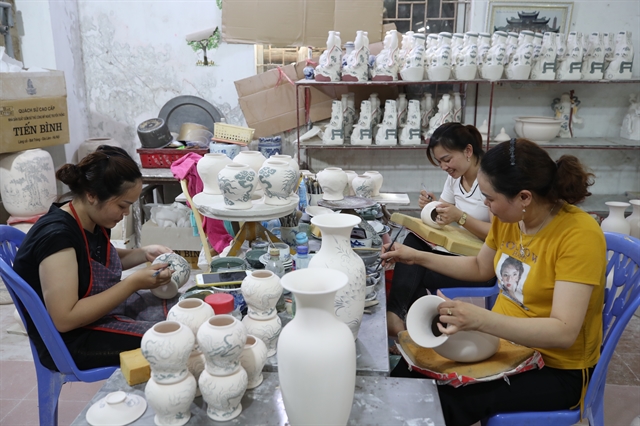
|
| The ceramic industry in Bát Tràng Commune, Gia Lâm District creates jobs for tens of thousands of labourers inside and outside the locality. |
Nguyễn Văn Vinh from Phú Vinh craft village in Phù Nghĩa Commune, Chương Mỹ District shared a similar situation.
"Phú Vinh village has a long-standing tradition of bamboo and rattan craft, before the COVID-19 pandemic, every month we exported dozens of containers of goods to the US and Japan,” he said.
Vinh said most of the business households and enterprises in the village had to overcome the limitations in product design and traditional business methods.
“In the trend of integration, enterprises must regularly change the design of their products, and actively promote products to meet the tastes of domestic and foreign customers,” he said.
Veteran artisan Nguyễn Văn Tĩnh in Phú Nghĩa Commune, Chương Mỹ District, who produces 12 bamboo and rattan products that have been recognised as OCOP city-level products, said craft products design change constantly.
“We are focusing on designing new products to meet market requirements,” he said.
Chairwoman of the Association of Handicrafts and Crafts of Hà Nội, Hà Thị Vinh, said market requirements are increasing every day.
“We need to pay more attention to social and environmental impacts when making the products, which are using environmentally friendly materials that are safe for people’s health as well as clean production," she said.
“In Bàt Tràng craft village in Bàt Tràng Commune, Gia Lâm District, production households have converted from traditional coal-fired furnaces to gas furnaces, improving product quality and limiting the impact on the environment.”
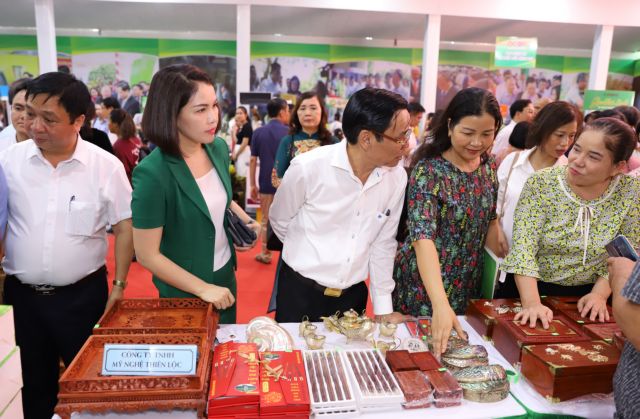
|
| Director of the Hà Nội Department of Agriculture and Rural Development Chu Phú Mỹ (white shirt, middle) visits the handicraft display area at a fair to display, promote the trade in OCOP products in Hà Nội in 2020. |
Hà Nội City’s Department of Agriculture and Rural Development has coordinated with the Department of Industry and Trade to bring the products to 14 exhibitions of OCOP products in the city. Among these, many are located in tourist areas such as Mông Phụ Village (Đường Lâm Commune, Sơn Tây Town), Bát Tràng Village (Gia Lâm District), Vạn Phúc Village (Hà Đông District). They are held to introduce and promote featured products to domestic and foreign tourists. — VNS


